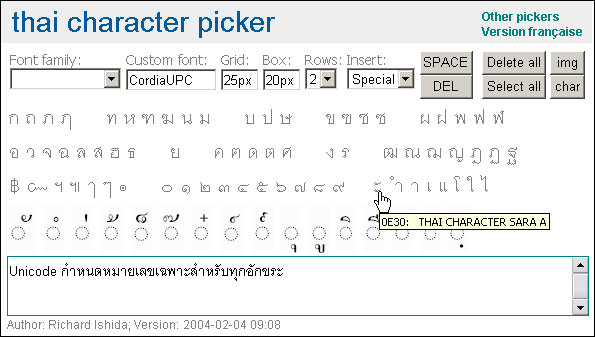
It contains all four typefaces (regular, bold, italic, and bold-italic). It has built-in “smart-font” capabilities, so diacritics are properly placed. It includes the characters in the SIL Private Use Area. The latest version also contains the newly-adopted symbol for the labiodental flap. Besides having a comprehensive inventory of glyphs needed for almost any Roman- or Cyrillic-based writing system, it also contains the entire inventory of the International Phonetic Alphabet.

Font Home Pages Unicode-encoded FontsĬharis SIL - Charis SIL is a Unicode-encoded serif font. The best option for publication-quality typesetting is Charis SIL. Until that policy is changed you may need to use the SIL IPA93 fonts.īelow, we provide a brief discussion of the issues related to the use of each of the above-mentioned fonts. Many Universities and Journals continue to require the use of SIL IPA93 fonts.You want to produce a near-publication quality document with Sophia or.You want to produce a near-publication quality document with Doulos, but need the bold, italic, and bold-italic typefaces.You are using a legacy application which does not support the use of Unicode or does not support smart-font capabilities for proper placement of diacritics.Having said that, there are certain special cases that may warrant the use of the legacy fonts: Allows compatibility with updated computer Operating Systems and SIL software.Facilitates sharing your data files and archiving your data for future generations.
#Ipa font picker mac
There were built-in incompatibilities between Windows and Mac versions of the legacy fonts, whereas Unicode has been adopted as a standard for Windows, Mac, and Linux systems. In addition, Unicode provides cross-platform compatibility.

With Unicode-encoded fonts, the user can produce both normal text and IPA transcription with a single font.

The older, “legacy” fonts were designed to work with text in a custom 8-bit encoding, not a recognized character encoding standard, and required changing fonts when switching between normal text and IPA transcription. In general, SIL recommends the use of the Unicode-encoded fonts. SIL International has produced several font sets over the years that allow for the transcription of linguistic data using the International Phonetic Alphabet.


 0 kommentar(er)
0 kommentar(er)
